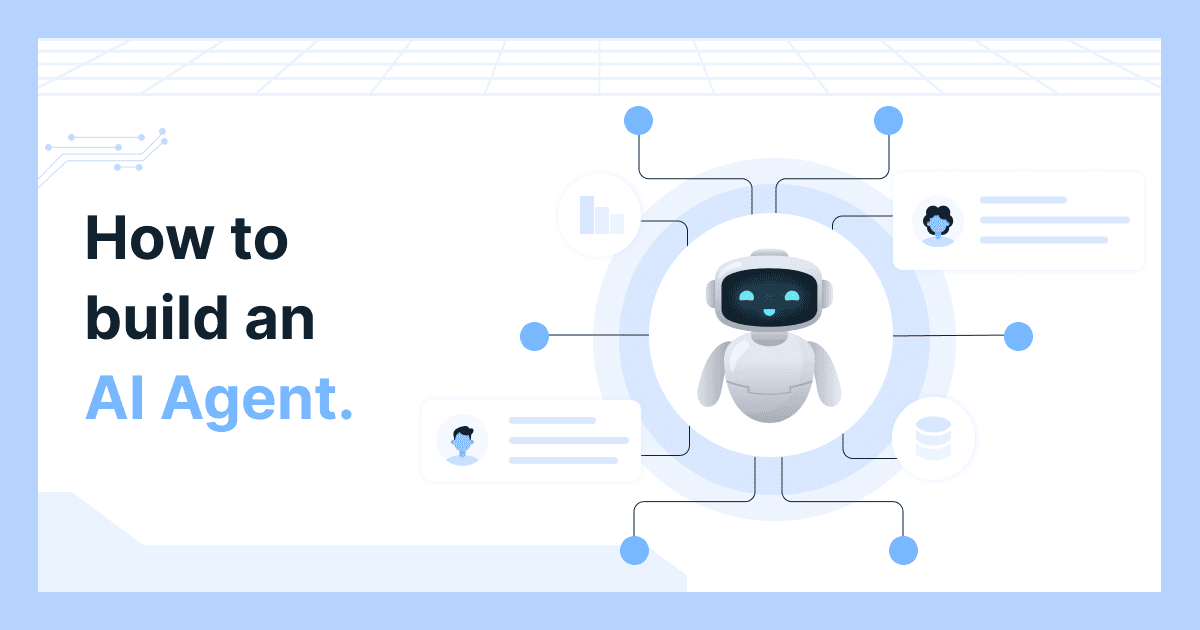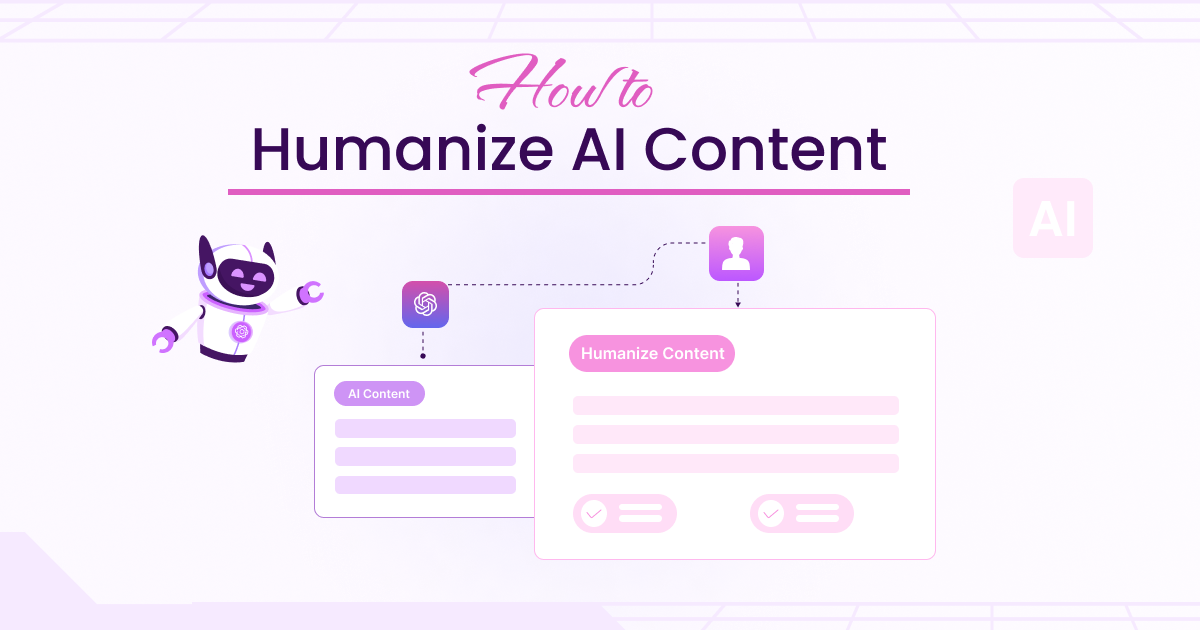The shift to cloud-based security solutions transforms how businesses protect their networks from cyber threats. As organizations increasingly adopt cloud technology, safeguarding data and infrastructure has become a top priority. Cloud security solutions provide advanced threat detection, scalable protection, and automated updates, making them essential for modern enterprises.
Businesses today face growing cyber threats, including data breaches, malware, and unauthorized access. Traditional on-premises security measures often fail to address these challenges due to their complexity and maintenance requirements. Cloud-based security offers a proactive approach, leveraging real-time analytics and automation to strengthen defenses. By integrating these solutions, organizations can enhance their security posture while reducing operational overhead.
In this article, we will explore how businesses can strengthen their network security by leveraging cloud-based solutions, addressing common risks, and implementing best practices to mitigate potential threats.
Understanding Cloud Security Risks and Best Practices
While cloud security provides robust protection, it is not without risks. Organizations must address vulnerabilities such as data breaches, insider threats, and misconfigurations to secure their cloud environments effectively. Implementing strong encryption protocols, conducting regular security audits, and enforcing access controls are key strategies to mitigate these risks.
Cloud security can help businesses safeguard their assets against cyber threats and keep them compliant. Encryption ensures sensitive data remains protected during transmission and storage, while multi-factor authentication prevents unauthorized access. Security frameworks such as the shared responsibility model also help organizations understand their role in maintaining cloud security. By following these best practices, businesses can enhance their defense mechanisms and minimize security gaps.
Threat actors continuously evolve their methods, exploiting weak security policies, unpatched software, and inadequate monitoring. Businesses that regularly review access permissions and implement automated security updates can reduce vulnerabilities. Employee training also plays a crucial role in preventing phishing attacks and social engineering schemes that often lead to unauthorized access.
Cloud security solutions integrate with compliance frameworks, helping businesses meet industry regulations. Compliance with GDPR, HIPAA, and SOC 2 standards strengthens security policies while building trust with clients and stakeholders. A robust compliance strategy ensures that organizations can address legal and regulatory requirements while maintaining strong data protection measures.
Leveraging Data Science for Enhanced Security
Data science revolutionizes cloud security by enabling businesses to detect and respond to dangers more effectively. Machine learning and predictive analytics analyze vast amounts of security data to recognize patterns and anomalies that may indicate cyberattacks. These insights allow organizations to implement proactive measures before threats escalate.
Advanced security platforms use AI to detect suspicious activities and automate responses in real time. For example, AI-driven threat intelligence tools assess incoming traffic and flag potential risks based on historical attack patterns. Businesses that integrate data science trends like automated machine learning and cloud computing into their security strategies can significantly improve threat detection and incident response times. Leveraging these technologies strengthens defenses and reduces the responsibility of IT teams, allowing them to focus on strategic initiatives.
Cloud-based security solutions use behavioral analytics to distinguish between regular user activity and potential threats. By analyzing user conduct and access patterns, security teams can detect anomalies that may indicate credential theft or unauthorized access attempts. These insights allow businesses to implement adaptive security measures, such as requiring additional authentication when unusual activity is detected.
Implementing Zero-Trust Architecture in Cloud Security
The zero-trust security model is earning traction as a reliable approach to preventing unauthorized access and reducing vulnerabilities. Unlike traditional perimeter-based security models, zero trust assumes that threats exist inside and outside the network. Before granting permissions, every access request is verified based on identity, device security, and user behavior.
Zero-trust architecture is built on core principles such as least privilege access, continuous monitoring, and micro-segmentation. Businesses can implement zero trust by enforcing identity verification for every user and device, applying adaptive access controls, and scrutinizing network traffic for anomalies. Integrating this model with cloud-based security solutions strengthens an organization’s security framework and minimizes the risk of unauthorized access.
This model is particularly effective in securing remote work environments. Traditional perimeter defenses are no longer sufficient for employees to access corporate systems from various locations and devices. Implementing zero trust ensures that remote users undergo continuous verification, reducing the likelihood of unauthorized access.
The Role of Information Security in Business Success
Strong information security measures are critical to business success. They protect sensitive data, maintain customer trust, and ensure compliance with regulatory requirements. A robust security strategy prevents data breaches and operational disruptions, allowing businesses to maintain continuity and reputation.
Companies that prioritize security as a core component of their operations benefit from improved risk management and long-term stability. Practical steps to strengthen security include conducting employee training programs, implementing security policies, and utilizing advanced monitoring tools. A deeper look into information security reveals how malware and phishing can damage a business. Integrating security best practices into business strategies can mitigate these vulnerabilities, leading to sustainable growth and resilience against cyber threats.
The financial outcome of a data breach can be significant, leading to regulatory fines, legal costs, and loss of customer confidence. Businesses that proactively invest in security solutions can mitigate these risks while exemplifying a commitment to data protection. Information security should be embedded in an organization’s culture, with executives prioritizing security at every decision-making level.
Effective security policies go beyond compliance requirements, fostering a culture of security understanding across all departments. Organizations should regularly assess their security posture, identify potential gaps, and refine their strategies to address emerging threats. Collaborating with cloud security providers ensures businesses access to the latest security inventions and best practices.
Conclusion
Cloud-based security solutions are transforming how businesses protect their networks from cyber threats. Organizations can strengthen their security frameworks by adopting proactive measures such as encryption, zero-trust architecture, and AI-driven threat detection while reducing complexity. As cyber risks evolve, investing in cloud security ensures that businesses remain protected, scalable, and compliant in an increasingly digital landscape. Decision-makers should take action by implementing these strategies to enhance network security and drive long-term success.
Security is an ongoing process that demands constant vigilance and adaptation. Businesses that stay ahead of emerging threats and integrate advanced security solutions will remain resilient in an ever-changing cybersecurity landscape. Organizations can protect their assets by prioritizing cloud security while fostering trust with customers and partners.







